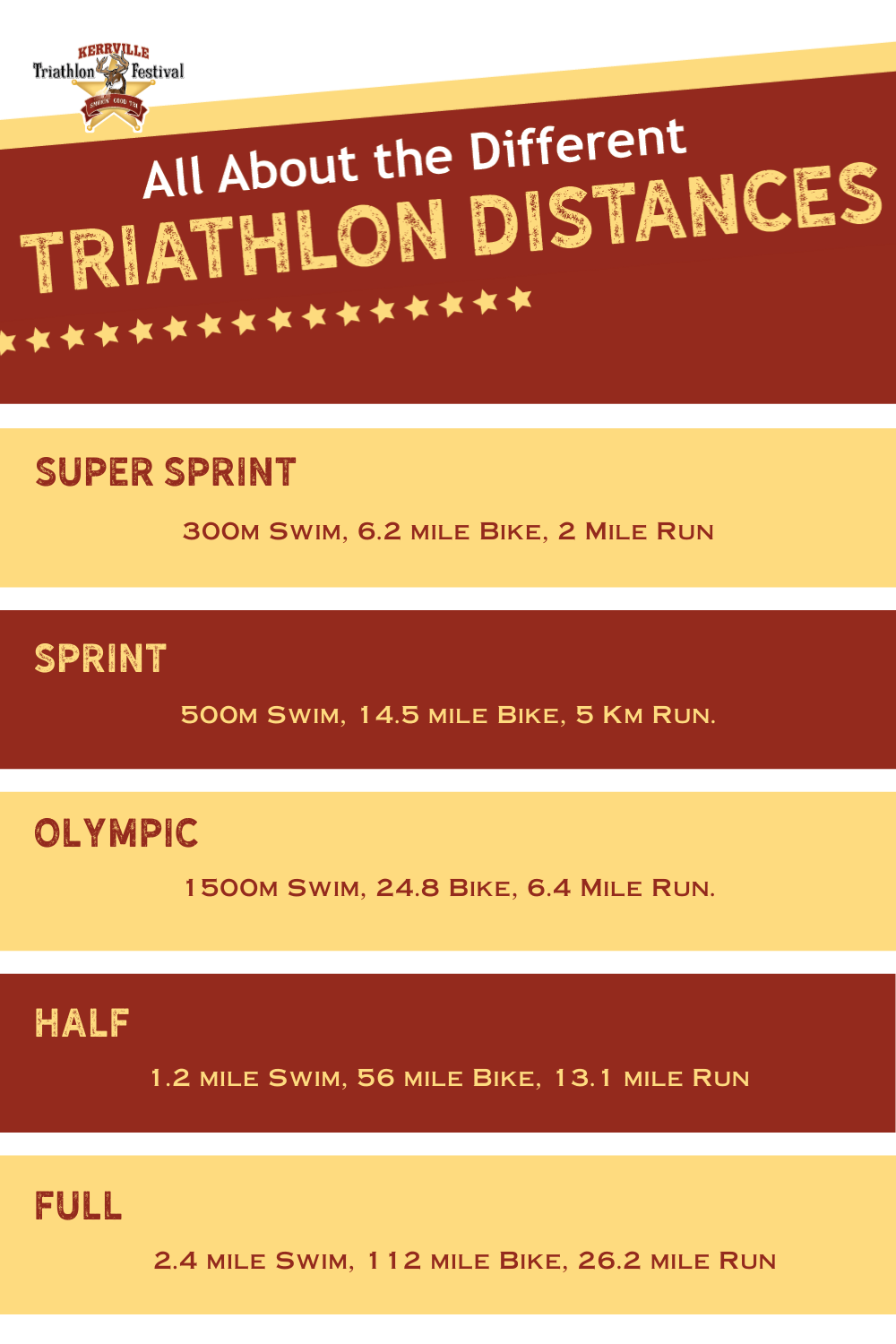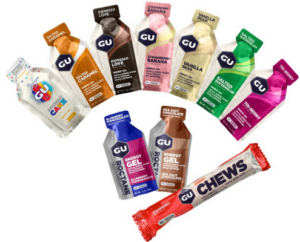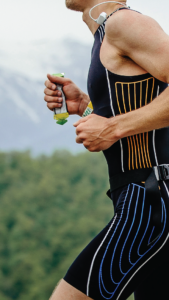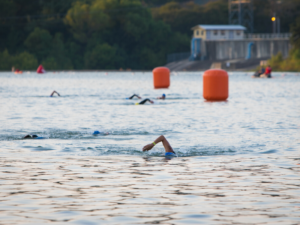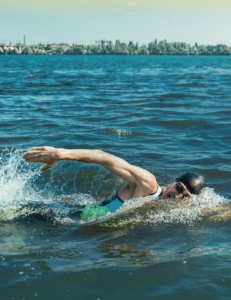Learn the benefits and safety tips of swimming in cold water
Swimming in cold water is an exhilarating experience. It’s a fantastic way to get fit, unwind, and strengthen both your mind and body. Swimming laps in chilly water can wake you up and make you feel alive in a way that no warm swimming pool can. For triathletes, cold, open water swimming is a vital part of training. It can provide you with more space and fewer swimmers since everyone won’t flock to the cold swimming areas. Learn why taking an icy dip can be good for you and how to accomplish it safely.
Benefits of Swimming in Cold Water
-
Increased stress tolerance
Swimming in cold water is scientifically documented to improve psychological markers of stress tolerance. The shock and adaptation you experience make your body thrive under stress in the long run, not just tolerate it. Swimming in cold water increases the adaption even more. Just like any other physical activity, it’s an excellent method to relieve stress.
-
Improved circulation
Coldwater imposes vasoconstriction on your blood vessels, followed by a period of compensatory vasodilation. This forces your body to warm your core when you enter the cold water. It then creates a dilation when blood rushes to your extremities to warm them up again. This process of alternation between constriction and dilation dramatically improves overall circulation.
-
Superior calorie burn
Swimming against cold waters forces your body to thermoregulate more than usual while you focus your mind and body on the difficult task of swimming. It also improves fat metabolization which makes you leaner and healthier in the long run. Swimming is considered a complete workout because you’re using every part of your body.
Follow These Safety Tips
-
Start small
Gradually immerse yourself in the chilly waters to begin. You can practice at home by slowly increasing the amount of cold water in your shower. It will be difficult to control your breathing initially, but continued training can reduce the amount of time you need to adjust to the cold. When building workouts, begin with shorter distances. This allows your body to acclimate to the temperature and adjust your breathing technique. Lastly, explore these helpful tips for taking your swim from the pool to the open water.
-
Don’t swim alone
Find your local swimming groups and participate in group swims. Swim partners can provide valuable feedback on your swim style, your kick, and your breathing that can lead to improvements. Partner swimming also provides an extra pair of eyes in case something goes wrong. And, don’t forget about the accountability factor. Knowing your friend or group is meeting you for a workout increases the likelihood that you show up too.
-
Wear a wetsuit
A wetsuit retains body heat and allows you to focus on the mechanical aspects of swimming first. It also helps to minimize the impact of cold water. You can then focus on your form, sighting, kicking, and breathing in the water. You could eventually graduate to wearing wetsuit shorts.
What You Need to Get Started
- gym bag to carry all your gear
- towel
- wetsuit
- swim goggles
- extra clothes for after your swim
Swimming in cold water is possibly one of the most challenging feats a triathlete can face. It can be intimidating and difficult, but engaging in a gradually increasing training regimen with small increments can work wonders. Stay safe with our advice and practice often. Eventually swimming in cold water won’t even bother you.




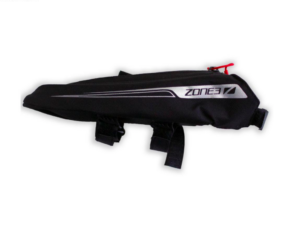
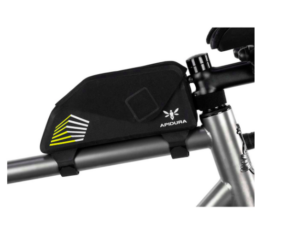
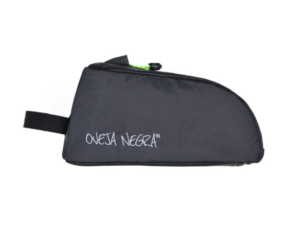




 Exerting your body through exercise causes dehydration which makes you thirsty. Despite your desire to rapidly quench your thirst it’s important to not drink too much. It can be counterproductive and negatively affect your performance. It is best to avoid drinking mouthfuls and only take a few sips occasionally. You can hydrate yourself effectively without running the risk of drinking too much.
Exerting your body through exercise causes dehydration which makes you thirsty. Despite your desire to rapidly quench your thirst it’s important to not drink too much. It can be counterproductive and negatively affect your performance. It is best to avoid drinking mouthfuls and only take a few sips occasionally. You can hydrate yourself effectively without running the risk of drinking too much.